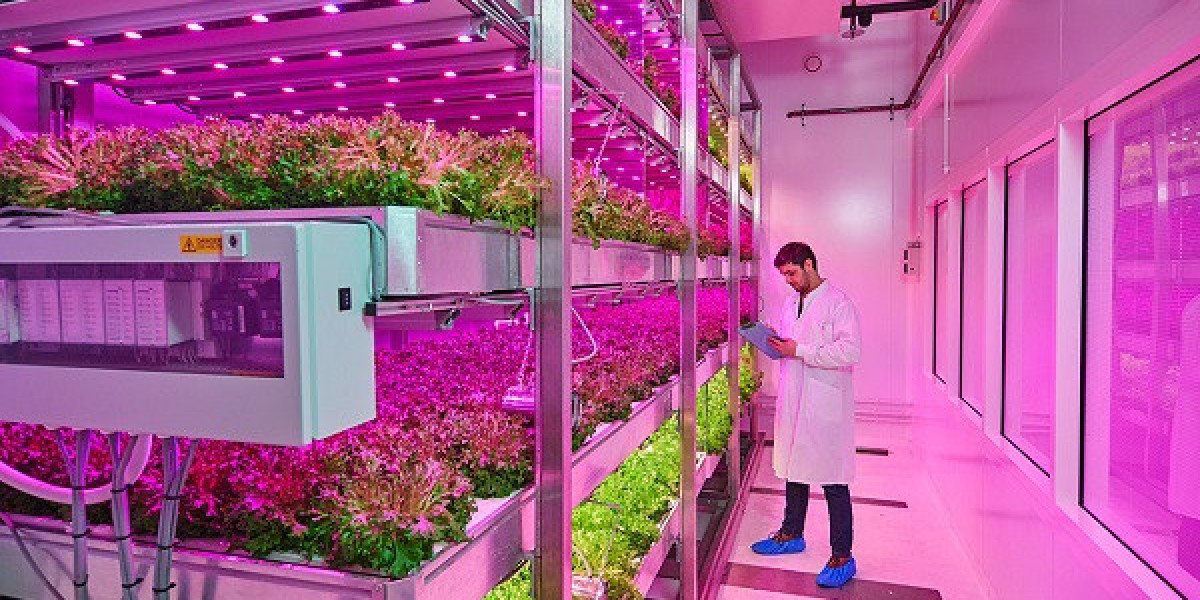The global Indoor Farming Technology Market Share is a dynamic and multifaceted landscape, with leadership and influence distributed across various technologies, crop types, and geographic regions. It is not a monolithic market dominated by a single solution but rather a collection of specialized segments where different companies and approaches excel. The context for this distribution is a market undergoing rapid expansion, with forecasts indicating its total size will reach USD 51.55 Billion by 2034, a growth powered by a steady 8.22% CAGR. Within this expanding pie, the allocation of market share is in constant motion, shaped by technological advancements, evolving consumer preferences, and the unique agricultural challenges faced by different parts of the world, creating a complex and competitive ecosystem.
When analyzing market share by the specific growing mechanism, hydroponics currently holds the dominant position. This soilless cultivation method, where plant roots are submerged in a nutrient-rich water solution, is a well-established, reliable, and relatively cost-effective technology. Its maturity and proven track record have made it the go-to choice for many of the world's largest vertical farms, particularly for growing leafy greens and herbs, thus securing it the largest slice of the market. However, other technologies like aeroponics (misting roots with a nutrient solution) and aquaponics (integrating fish farming with plant cultivation) are capturing a growing share. Aeroponics, in particular, is gaining traction due to its potential for even greater water efficiency and faster growth rates for certain crops.
From the perspective of facility type, the market share is divided between large-scale, warehouse-style vertical farms and smaller, containerized farming solutions. The massive, purpose-built vertical farms represent the largest share of capital investment and production volume. These facilities are designed for industrial-scale output to supply major grocery chains and food service distributors. On the other hand, container farms—fully equipped, plug-and-play growing systems built inside standard shipping containers—are a rapidly growing segment. Their mobility, smaller footprint, and lower upfront cost make them an ideal solution for hyper-local food production in communities, restaurants, or remote locations, allowing them to capture a different but important segment of the market share.
Geographically, North America and Europe are currently the largest markets, holding a significant share of the global industry. This is due to high consumer demand for local and organic produce, significant venture capital investment, and a supportive ecosystem of technology providers. However, the most dynamic shifts in market share are expected to come from the Asia-Pacific region and the Middle East. In Asia, rapid urbanization and concerns over food safety are driving massive investment in indoor farming. In the Middle East, the technology is seen as a critical solution to the challenges of water scarcity and a harsh climate, with significant government backing for large-scale projects. The rapid growth in these regions is set to rebalance the global distribution of market share over the next decade.
Explore Our Latest Trending Reports:







